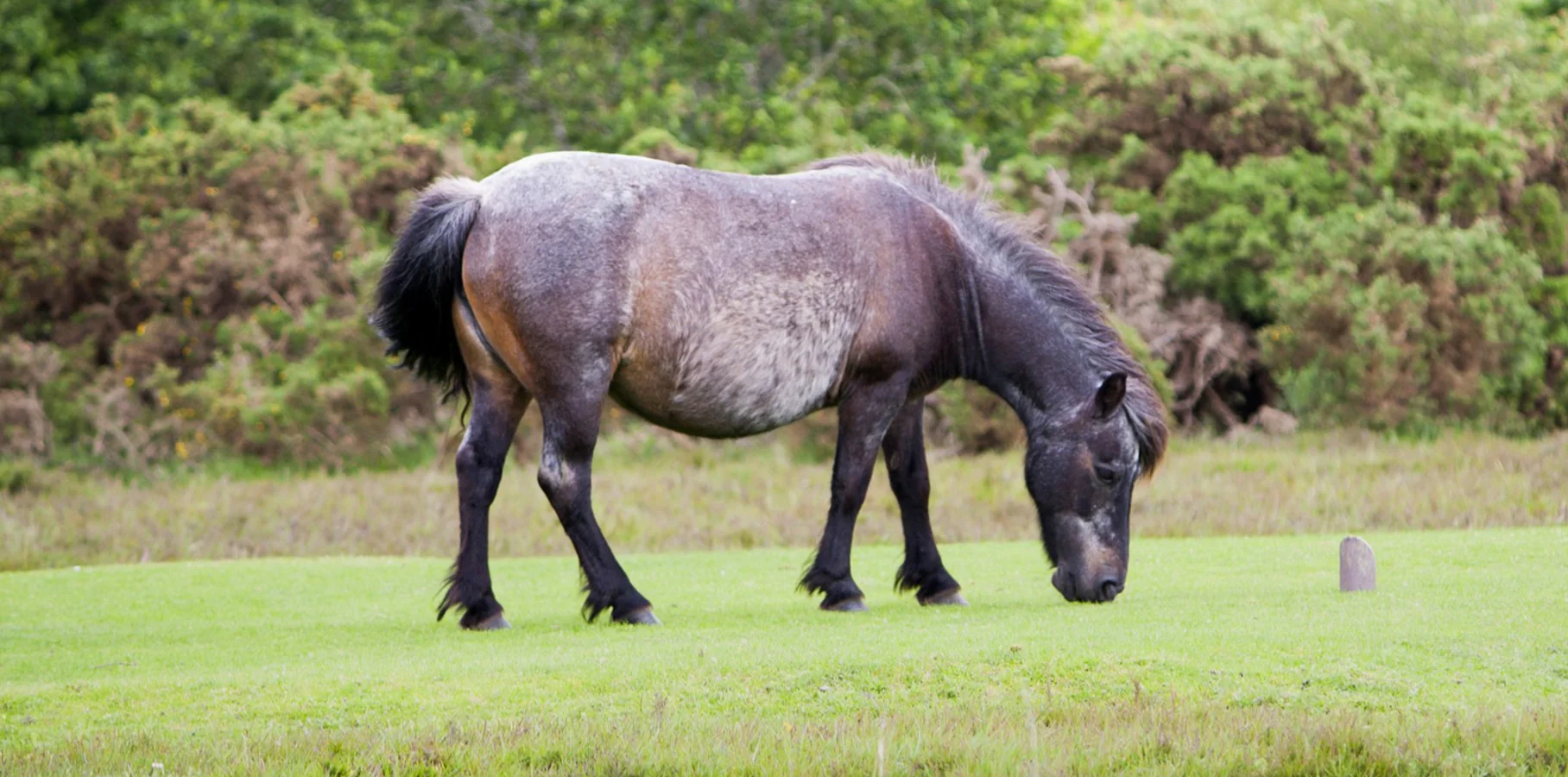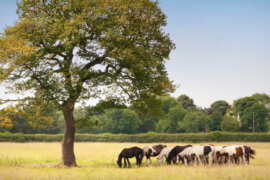What Is Laminitis?
Laminitis is simply known as an incredibly painful disease that affects horse’s hoofs… However the scientific definition describes laminitis as the inflammation of the laminae of the hoof- this inflammation of the laminae leads to extreme pain and instability of the coffin bone in the hoof.
Many people ask what can we do to prevent this disease in the first place, and what management tips are available to minimise the chances of acquiring laminitis.
It is important to spot any early signs to get the best prognosis. To help make it easier for you, we have listed 5 subtle signs that are associated with the early stages of laminitis.
What Causes Laminitis In Horses?
Copious amounts of research has been conduced on the equestrian disease known as laminitis, and there has been multiple reports on what actually causes this disease. There are signs that are more obvious than others, for example, the ‘saw horse stance’ is commonly associated with laminitis and can easily be recognised.
Causes of laminitis can vary hugely but digestive upsets or access to unlimited rich pasture, known as grass-founder, can be the cause of laminitis. Other causes could be associated with concussion on the hoof known as road-founder, and weight distribution issues due to previous injury or not wanting to weight bear on the affected hoof.
Early Signs Of Laminitis
Spotting the signs early is imperative for a better prognosis, that is why it is important to be aware of the subtle signs of laminitis:
Hot Hoofs
It is important to remark that horses can often have hot hoofs and generally it is nothing to worry about. The worry comes when your horse’s hoofs are hot for a prolonged period of time. Obviously, if your horse has been stood in the sun their hoofs will be warm, but this should subside once they are out of the sun. Research has indicated that increased heat in the hoofs is the body’s response to the trauma in the hoof. Often lameness follows soon after, therefore it is important to intervene as soon as possible.
Shifting Weight
Weight shifting is also another subtle sign of laminitis in horses. Horses may weight bear on the opposite limb to compromise for the pain in their affected hoof – this is known as supporting-limb laminitis. If your horse is in pain, they may start to shift their weight to gain some temporary relief – you may also notice your horse portraying the classic laminitis pose. This is where the horse stretches its legs out in front and pushes the weight into the haunches. In contrast, horses may move from one hoof to the other if they are feeling discomfort – this weight shifting is also an early sign of laminitis and should be addressed straight away.
Shortened Stride
A shortened stride often occurs before the lameness associated with laminitis. Often horses will be reluctant to stretch out, especially on harder surfaces such as roads. You will notice you horse’s stride is shorter, especially in walk. The shortening of your horse’s stride is often an early sign of laminitis and should be addressed immediately.
Strong Pulse
As well as heat in the hoof, your horse may have an increased pulse that can be felt in the artery on the fetlock. A standard pulse will almost be non-existent or very faint. However, a horse threatening laminitis will have a deep pulse that is often described as a ‘bounding’ sensation. It is important to know your horse’s body and what is ‘normal’ for them – by doing this, changes such as a raised pulse will be easier to acknowledge.
Reluctance To Turn
A horse that is reluctant to turn may also be showing subtle signs of laminitis. Horses find straight lines the easiest manoeuvre to complete – circles or sharp turns can often show up lameness more clearly in comparison to straight lines. Horses with laminitis may refuse to move altogether and decide to lay down instead to take all weight off their limbs.
Management & Potential Treatment
It is important to mention that many of these symptoms could be significant of other illnesses and diseases too. This is why is is important to seek veterinary advice if your horse becomes unwell or shows any of the above symptoms.
Laminitis can be treated if caught early enough, and your vet will be able to assist in the treatment of this disease if addressed early. Unfortunately, it is scientifically proven that horses that have previously suffered from laminitis do become prone to the disease. This is why it is important to manage triggers such as their diet, their grazing abilities and their weight (to name a few).
Take a look at our website for laminitis support such as supplements that aid digestion, and fencing options to limit pasture area. We have plenty of options to help manage a laminitic horse.





